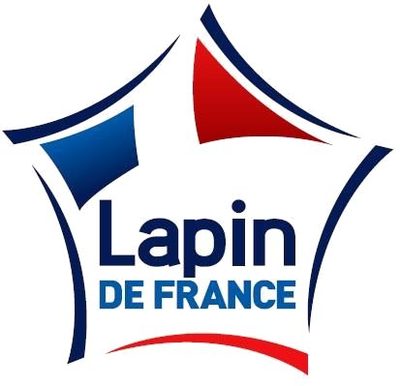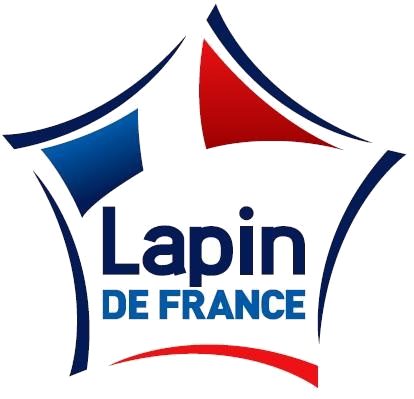2 Cuisses et 2 demi-râbles de lapin + 2 sachets d'assaisonnement moutarde + 1 sachet cuisson - LOEUL ET PIRIOT - 0.474 kg
This product page is not complete. You can help to complete it by editing it and adding more data from the photos we have, or by taking more photos using the app for Android or iPhone/iPad. Thank you!
×
Barcode: 243983204050
Common name: Cuisses et râbles de lapin à la moutarde
Quantity: 0.474 kg
Packaging: fr:Barquette polystyrène rouge
Brands: LOEUL ET PIRIOT
Categories: Meats and their products, Meats, Rabbit meat
Labels, certifications, awards: French meat, fr:Lapin Français
Manufacturing or processing places: Thouars
Traceability code: FR 79.329.004 CE - Thouars (Deux-Sèvres, France)
Link to the product page on the official site of the producer: https://www.lapin-et-papilles.fr
Countries where sold: France
Matching with your preferences
Environment
Carbon footprint
Packaging
Transportation
Report a problem
Data sources
Product added on by diardromane
Last edit of product page on by fix-serving-size-bot.
Product page also edited by packbot.








